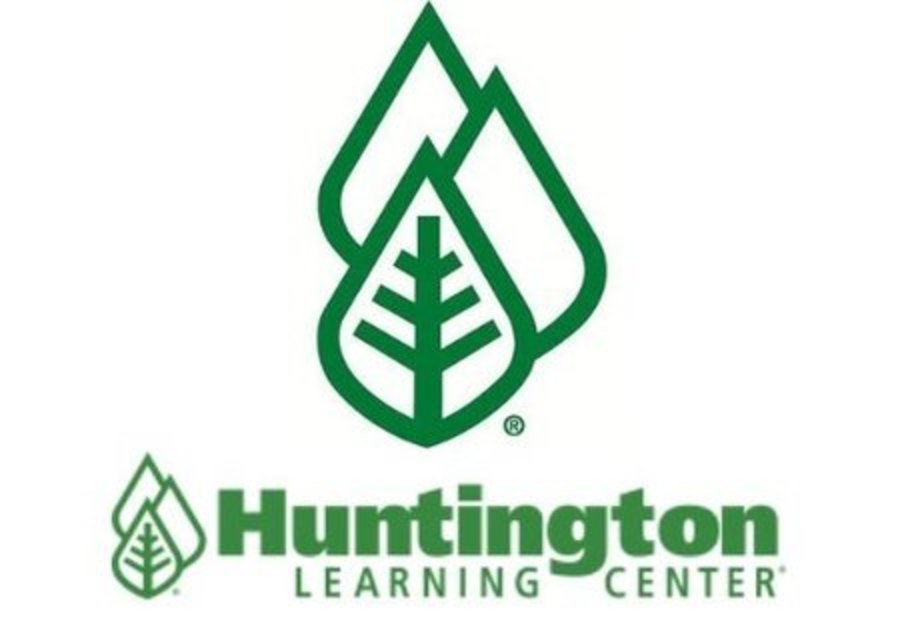Math is a complex subject that builds upon itself, growing more challenging at every stage and from grade to grade. For many students, math difficulties arise when they start to learn one of these two subjects. “Certain types of math are more intuitive to understand than others,” says local Huntington Learning Center director Madhukar Velide. “A question of many parents whose children are receiving math tutoring help is which math is hardest. Every student is an individual, and what comes easily to one student in math might be difficult for another. There are common stumbling blocks in math, however, and our tutors often see students struggle when teachers begin introducing algebra and geometry concepts.”
What is the difference between algebra and geometry?
Geometry is the branch of math that studies shapes and space. It involves measuring angles, area and volume, and finding the length of sides and lines.
Algebra is the branch of math in which abstract symbols and letters that represent numbers are used in arithmetic operations. This type of math has students solve for unknown values using algebraic formulas.
The subjects are similar in that they build fundamental problem-solving and mathematical thinking skills that students will use in more advanced math throughout middle school, high
school and beyond. However, algebra relies on rules and equations, whereas geometry is a more visual type of math that uses diagrams and shapes.
Which subject is more difficult?
Velide says that the question of which subject is harder depends on the student’s strengths and learning style. “Algebra is a more abstract subject in general, but it is also very logical,”
he says. “In algebra, students use numerical operations and formulas to solve problems step by step, Geometry, on the other hand, is more tangible and visual, yet it demands spatial
thinking. Students must memorize many different rules and formulas, like the Pythagorean theorem and formulas to calculate volume.”
The typical sequence of studying these subjects is algebra first (in eighth or ninth grade), then geometry (in ninth or tenth grade). However, students begin to learn geometry and algebra
concepts as early as fourth grade. For example:
• In fourth grade, students learn about measuring perimeter, lines and angles. This is geometry.
• In fifth grade, students are taught different types of measurement, including volume as a measure of liquid. This too is geometry.
• In sixth grade, students complete problems using algebra, like evaluating an expression when a variable is given a value and identifying equivalent expressions.
• Sixth grade students also learn how to graph shapes and calculate the length of their sides. This is geometry.
What math is on the SAT and ACT?
For college-bound students planning to take the SAT or ACT, it’s important to understand what math is tested on these college entrance exams. SAT math questions focus on the four key areas that play the biggest role in college and career success: algebra, advanced math, problem solving and data analysis, and geometry and trigonometry.
So, both algebra and geometry are tested on the SAT, but how much? Of the 44 math questions on the SAT, the College Board shares that the algebra category has 13-15 questions. Students can expect the following types of questions:
• Linear equations in 1 variable
• Linear equations in 2 variables
• Linear functions
• Systems of 2 linear equations in 2 variables
• Linear inequalities in 1 or 2 variables
There are far fewer geometry questions on the SAT—just 5-7 in the entire geometry and trigonometry category. Students can expect these types of questions in that part:
• Area and volume formulas
• Lines, angles, and triangles
• Right triangles and trigonometry
• Circles
ACT math questions assess the math skills students have acquired in courses typically taken up to the beginning of 12th grade. Currently, the math section has 60 questions and is divided into two broad categories: preparing for higher math (57-60%) and integrating essential skills (40-43%).
The section on preparing for higher math covers:
• Numbers and quantity (7-10%)
• Algebra (12-15%)
• Functions (12-15%)
• Geometry (12-15%)
• Statistics and probability (8-12%)
The section on integrating essential skills asks students to solve more complex problems. Questions address concepts such as rates and percentages; proportional relationships; area,
surface area, and volume; average and median; and expressing numbers in different ways. So, students can expect 7-9 algebra questions and 7-9 geometry questions on the ACT. They
might encounter other geometry questions on the integrating essential skills section on area and volume too.
Does your student need math tutoring help? Huntington has algebra tutors and geometry tutors available.
Both geometry and algebra are critical for students’ success in school and on college entrance exams. If your child needs math tutoring support, whether they are struggling with either subject or preparing to take the SAT or ACT, call 1-800 CAN LEARN. We’ll share more about our proven methodology that begins with a full academic evaluation and our one-to-one tutoring plans for children of all ages.
About Huntington
Huntington Learning Center is the nation's leading tutoring and test prep provider. We offer customized programs in person, online, and hybrid options. Our certified teachers provide
individualized instruction in phonics, reading, writing, study skills, elementary and middle school math, Algebra through Calculus, Chemistry, and other sciences. It preps for the SAT and
ACT, as well as state and standardized exams. Huntington's programs develop the skills, confidence, and motivation to help students succeed and meet the needs of Common Core State
Standards. Huntington is accredited by Middle States Association of Colleges and Schools.
Founded in 1977, Huntington's mission is to give every student the best education possible.
Learn how Huntington can help at www.HuntingtonHelps.com and for franchising opportunities, visit www.HuntingtonFranchise.com.



